Thursday 12th January to Saturday 21st January 2017
We left Bristol at 4am in the cold and dark and arrived in Colombia the same day after travelling for 21 hours. It was 8pm in Bogotá, dark and almost as cold as Bristol. Much of the following day was spent trying to sort various mobile phone and laptop problems but for once amazingly it all seemed to come together and we had time to wander around the streets of central Bogotá. We ate out that night in the wonderful Argentinian restaurant, Kutral, that we’d found on our first visit.
We met up again with friends Clare and Andy who took us out with their daughter Alexia to see some of the countryside outside the city. Heading out through the smarter suburbs of Bogotá we took a winding road up the eastern mountain range of the Andes, cyclists in Lycra out for a Saturday morning ride were climbing the steep hill. We passed a large reservoir, El Embalse de San Rafael, which supplies much of the water to Bogotá and headed along the main highway. Our destination was Lake Guatavita, the birthplace of the legend of El Dorado – The Golden One. It was here that in centuries past the initiation ceremony took place for the new chieftain of the Muisca people – the Zipa. Naked apart from a covering of gold dust he would be rowed into the centre of the lake on a raft made of reeds and would throw gold and emeralds into the lake as his offering to the gods before bathing in the lake. When the Spanish conquistadors arrived the legend of El Dorado arose and since then various attempts have been made to find this gold including draining the lake for its treasures.
One of the most important objects in the Gold Museum in Bogotá is the Muisca Raft which represents this initiation ceremony – an exquisite 10x20cm gold piece that was found by three farmers in 1969 in a cave and is thought to have been made around 1200 AD.
After about 35 miles we turned off into narrow lanes through farmland and arrived at the car park to walk up to the lake. We had to joined a tour group, but with the guide giving prolonged explanations only in Spanish we slipped away at the first opportunity and climbed up the steep path to the top. I was soon gasping for breath and thinking how incredibly unfit I was until I saw a young couple similarly breathless and decided it was the altitude of 3000 metres that was to blame. We reached the top and looked down on the dark, still, circular lake which lies in a crater with scrubby hills forming a natural amphitheater around.
After a couple of days in Bogotá we caught a flight back to Santa Marta and, disembarking into a blanket of hot air, caught a taxi to the marina. It was lovely to be greeted there by friends Jayne, Paul and Lily on Delphinus, plus their dog Sky they had adopted in Grenada, and who were berthed next to Vega. We went out for a meal with them that evening in Santa Marta.
Vega was filthy after two months and covered both inside and out with a layer of sticky muddy dust, blown by the strong winds from the nearby hills. We spent the next week cleaning and tidying, sorting all the stuff we’d brought with us from the UK, putting the sails back on the boat, refilling gas bottles three of which were rusted and leaking and so needed replacing, researching our future trips to the San Blas islands, the Panama Canal and the Galapagos, drinking beer and socialising, with lots of visits to the rather smart expensive supermarket round the corner.
We took a day off from our chores to go to Minca, a pretty village popular with birdwatchers and backpackers, up in the foothills of the Sierra Nevada above Santa Marta. Jayne had arranged for us to do a bird watching trip with Jungle Joe which was from 6am in the morning, so we were up at 4.30am to get a taxi from the marina. We were joined by cruisers Ian and Steph from Nautilus who we’d previously met in Grenada, and a French Canadian couple Jimmy and Thea, as well as Jayne, Paul and Lily. Jungle Joe, another enthusiastic birdwatcher, provided binoculars and we headed up the dusty track with Joe and Jayne stopping frequently to excitedly identify birds and their songs. Joe had brought a device which broadcasts the songs of different species to attract the birds and soon we had three little warblers flying around us, hopping from branch to branch and looking most confused. Jayne has an app which helped them to identify and record the 29 types of birds that they’d spotted. I can recall seeing three toucans, hummingbirds and striking black and orange orioles and, according to the app, there were also Panama and Venezuelan flycatchers, tropical Kingbirds, Tennessee Warblers, Rose-breasted Grosbeak, Rufous-tailed Jacamar and Crested Oropendola etc etc
After a stop for breakfast of scrambled eggs, arepa, fruit, bread and jam and coffee we headed off on a trek into the countryside. The track wound along the side of the wooded hill alive with birdsong and the constant background buzz of cicadas until it plunged off down a steep slope through the trees, passing a herd of beautiful cows with long ears and languid eyes, to the bottom where there was a small, muddy beach by a stream. We changed into bathers and leaving our bags and clothes on rocks waded through the cold, fast flowing water and made our way across the rocks to where a waterfall tumbled down into an icy cold pool. Here we swam and the braver members of the group leapt off high rocks into the water. When we eventually got back to retrieve our clothes the cows were lounging around on the beach and sitting on my flip flops which were covered in cow poo. They looked at me indifferently as I tried to shoo them off.
Joe cooked us a delicious lunch of of chicken stir-fry in the outdoor kitchen of his house which he had built himself from bamboo. We ate on his terrace with a view down through the jungle to the coast with the sprawl and high rise apartment blocks of Santa Marta in the distance. Joe used to run a school until he saw how tourism to Colombia was starting to take off as the country began to escape from the grip of FARC and peace came to Minca, guerrillas no longer attacking the people there. He has been able to set up his tourism business in the last six years allowing him to pursue his main loves of birdwatching and sustainable living and particularly using bamboo to construct amazing buildings.
He cut open a green cacao pod and we scooped out the beans from which chocolate is made, which were covered in slimy white flesh. They had a slightly orangey taste as we sucked them and Joe provided cups of his bitter sweet hot chocolate. In the surrounding hills are numerous coffee plantations where the little red berries grow on coffee bushes. We visited one of these small scale operations and he showed how the coffee beans are removed from the berries, fermented then dried, toasted and finally ground. We learned that coffee should be drunk within three months of grinding and that water no hotter than 82 degrees should be used. They had a few coca plants growing and although large scale cultivation of these innocuous looking bushes, from which cocaine can be manufactured, is banned it is permitted to grow up to 15 privately. We bought a bag of local coffee and a bag of dried coca leaves which can be made into tea. I have yet to try it.
Our three hour trek in Minca was a practice run for the five day trek to the Ciudad Perdida which we had researched and booked when we were last in Santa Marta in October. We had decided then that the weather was too hot and humid and that we weren’t fit enough – sailing doesn’t really do much for your overall level of fitness. No aerobic exercise unless you count the six steps up to the cockpit and, apart from turning a few winch handles and hoisting the odd sail, most of our time at sea is spent sitting around watching the waves go past. Despite regular sessions in the gym in Bristol and a week’s skiing I was feeling extremely nervous about whether my level of fitness was up to what sounded like a pretty arduous hike.

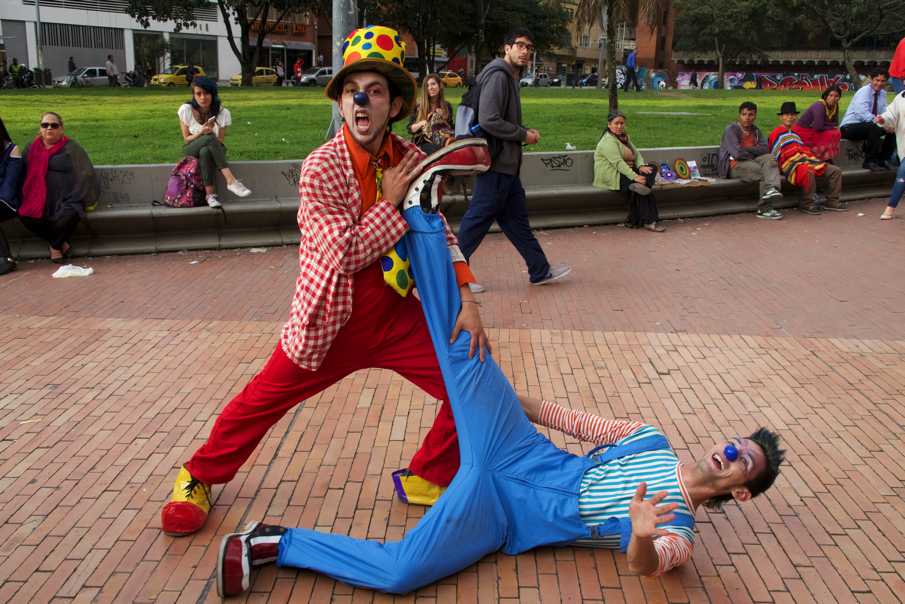


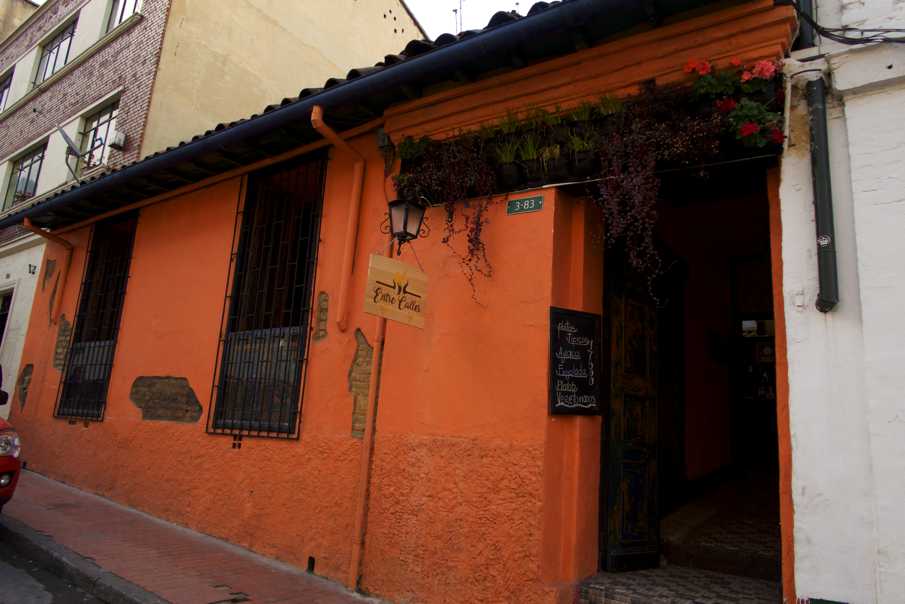


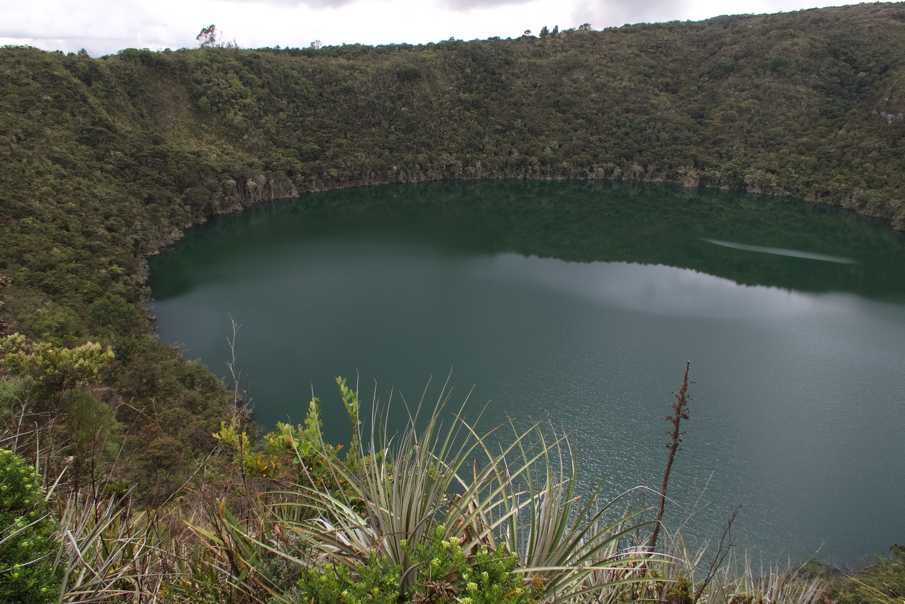

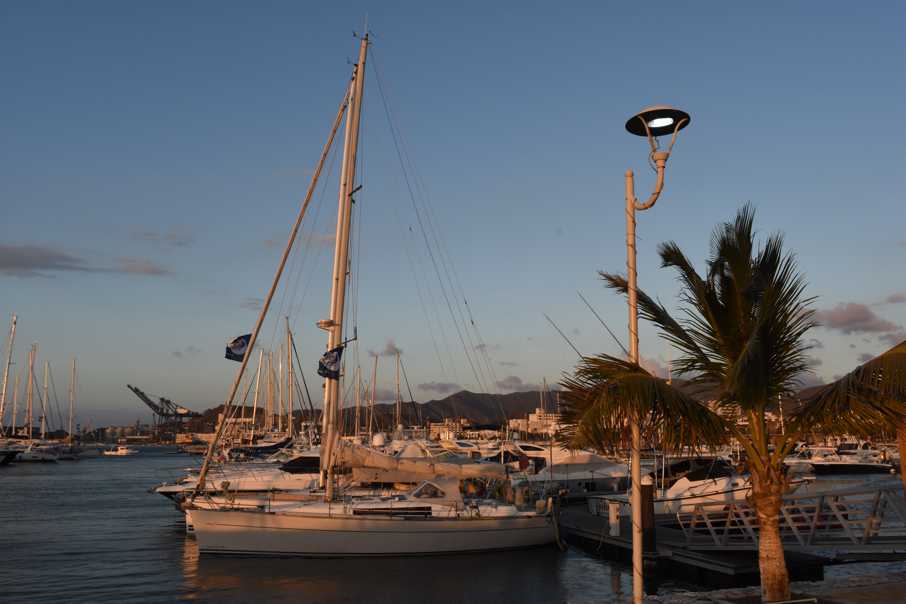
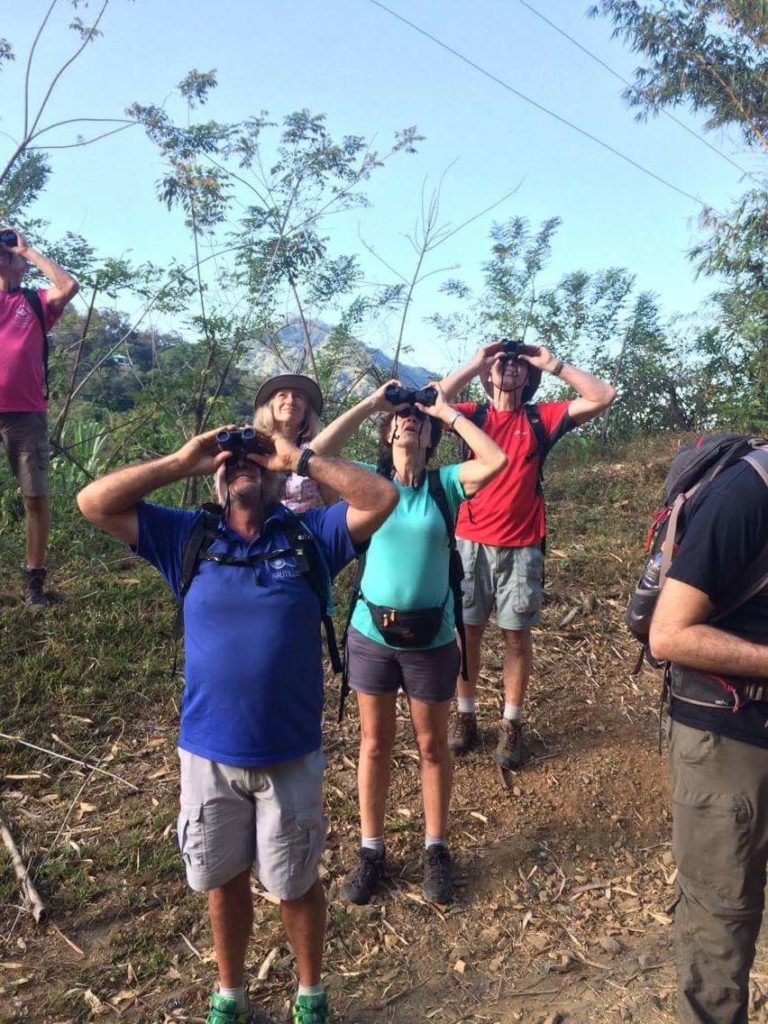


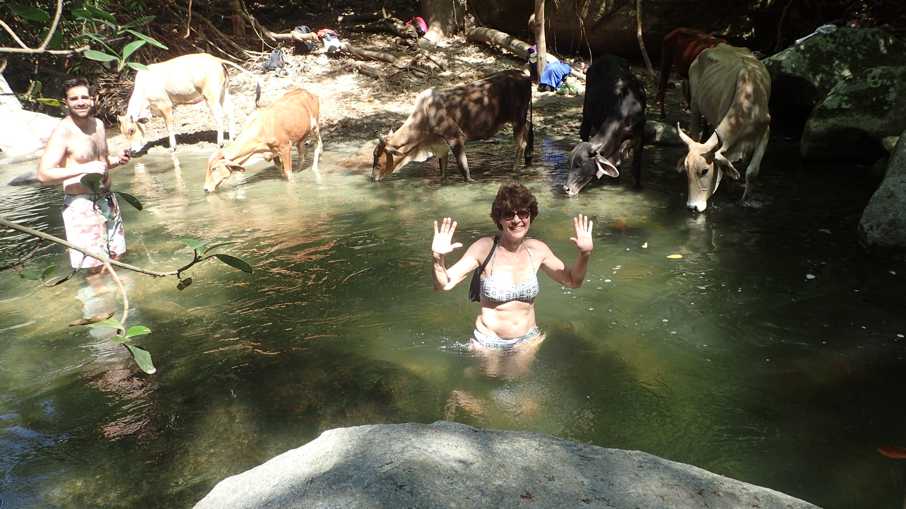

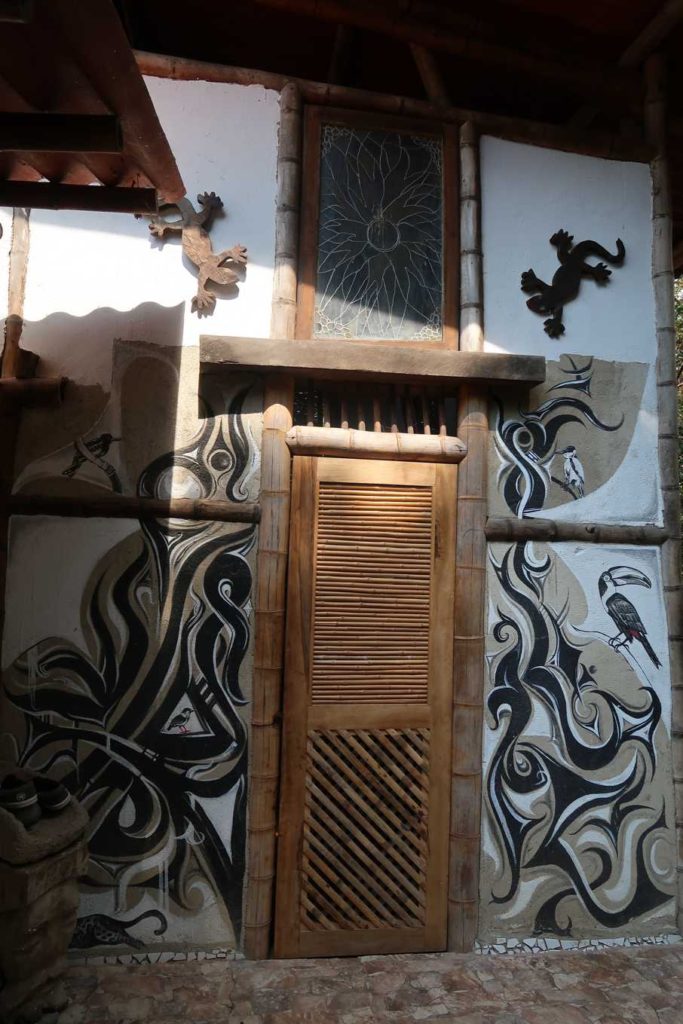


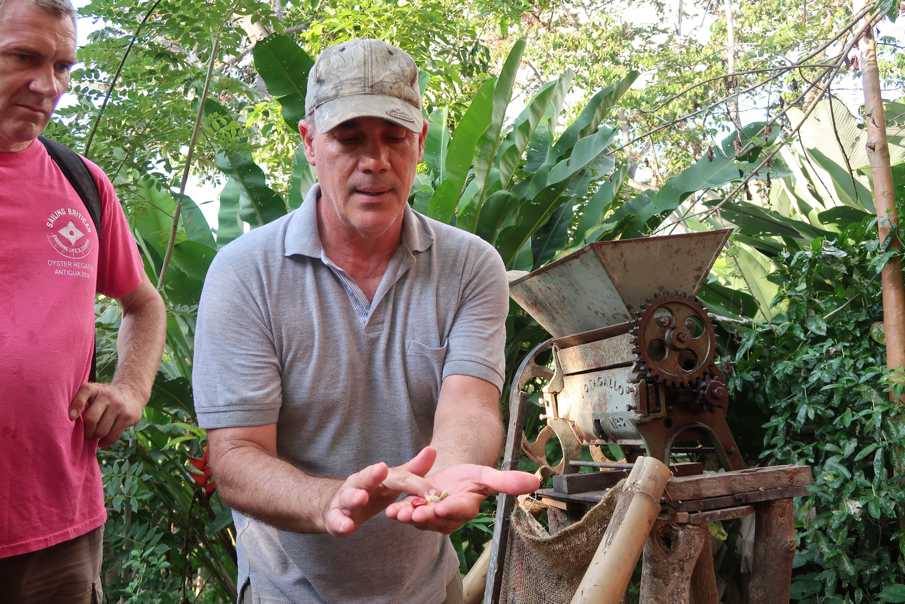


6 Comments
Liz Billington
February 28, 2017 - 6:25 pmI am sure you will be fine on your hike! Enjoy…did you see the book club choices – Isabelle Allende features…….you are in the right area.
annie
March 1, 2017 - 1:49 pmWe survived the hike. In fact it was amazing. What Isabelle Allende are you reading? I didn’t get the book club email 🙁 xx
Gerard Smart
February 28, 2017 - 10:40 pmI have found using your AIS and app Find Ship
Good luck with Panama Canal
Have you still decided to navigate paperless?
Gerard
annie
March 1, 2017 - 1:48 pmHi Gerard
Wow.. I might put that on Facebook for people to follow us. How exciting! Yes we are paperless. Sort of. The plotter and with Navionics on iPad as back up. We still have various cruising guides some of which have charts of anchorages in. The Navionics charts on our Raymarine plotter are not always that accurate and can have us at anchor right in the middle of an island so it pays to keep a good lookout!
Annie
Steve
March 1, 2017 - 7:39 amWhen do you hit the Panama canal? Looking forward to the pictures and description.
Steve x
annie
March 1, 2017 - 1:40 pmHi Steve. We’re going through on Sunday 5th, probably in the afternoon, then anchoring overnight in Gatun Lake and continuing through on Monday. Apparently you can watch us going through on the canal websites. I’ll try to find out how and post details on Facebook xx